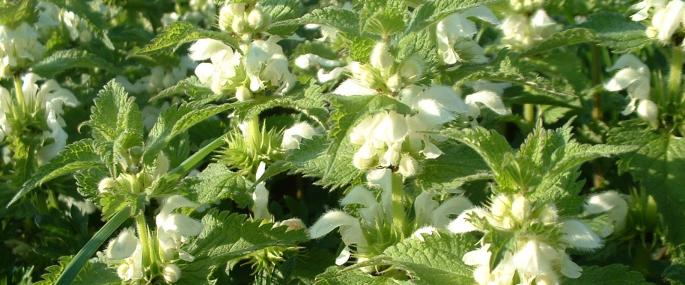White Dead-nettle is a common plant of roadside verges, waste grounds and grassy banks - anywhere the ground has been disturbed. Like Yellow Archangel and other members of the 'dead'-nettle family, it doesn't have stinging leaves. Its white flowers appear from March right the way through to December.
Although they sometimes don't look especially wildlife-friendly, our roadside verges and waste grounds can provide valuable habitats for all kinds of plants and animals. The Wildlife Trusts get involved in different projects to help make these places as beneficial for wildlife as possible. We have a vision of a 'Living Landscape': a network of habitats and wildlife corridors across town and country, which are good for both wildlife and people. You can support this greener vision for the future by joining your local Wildlife Trust.
